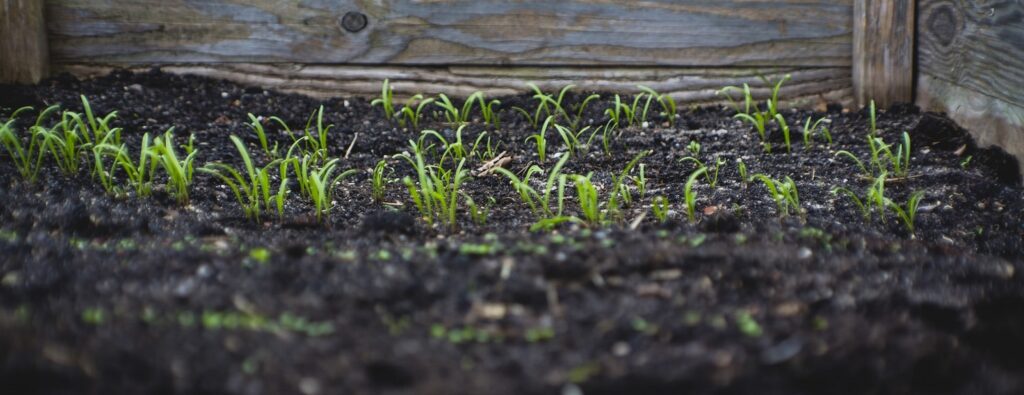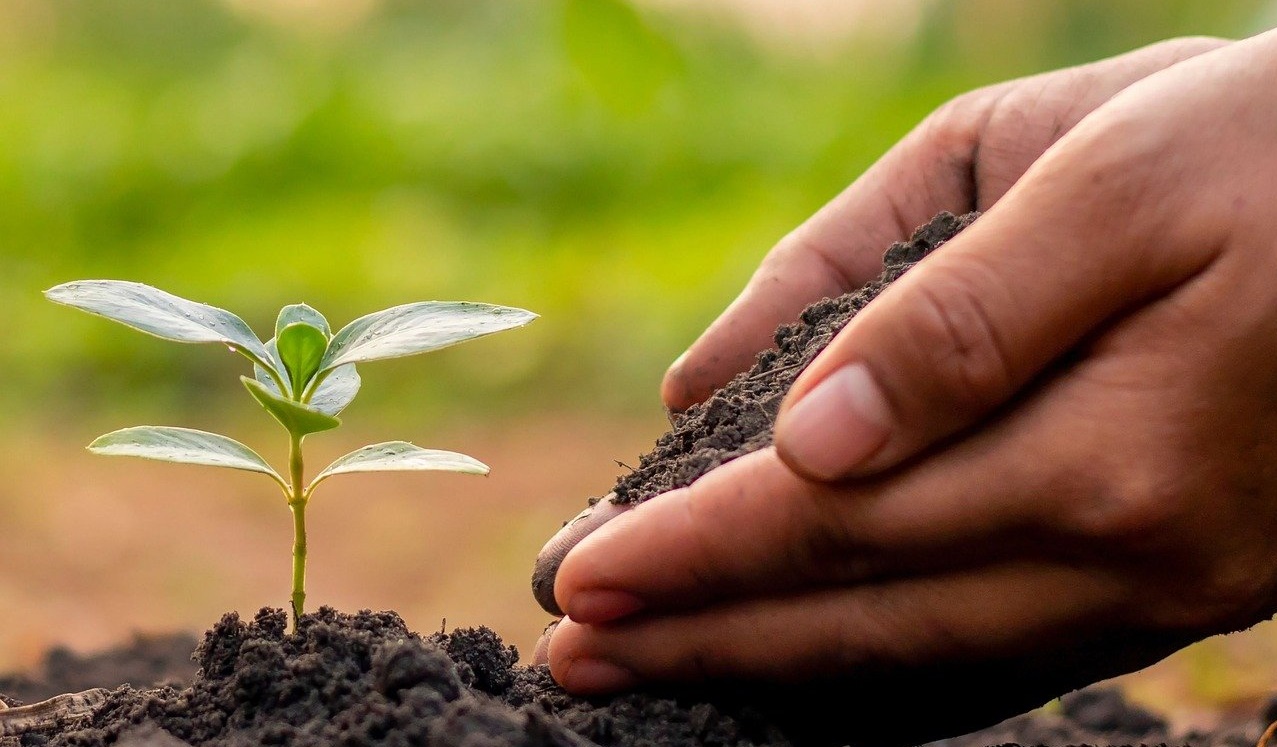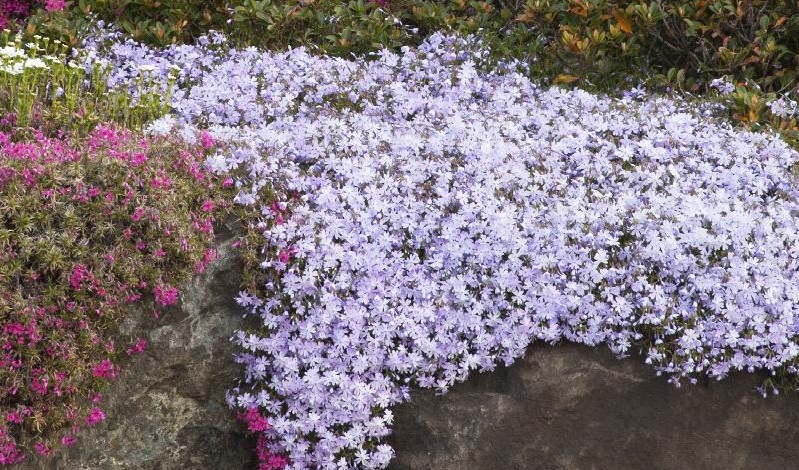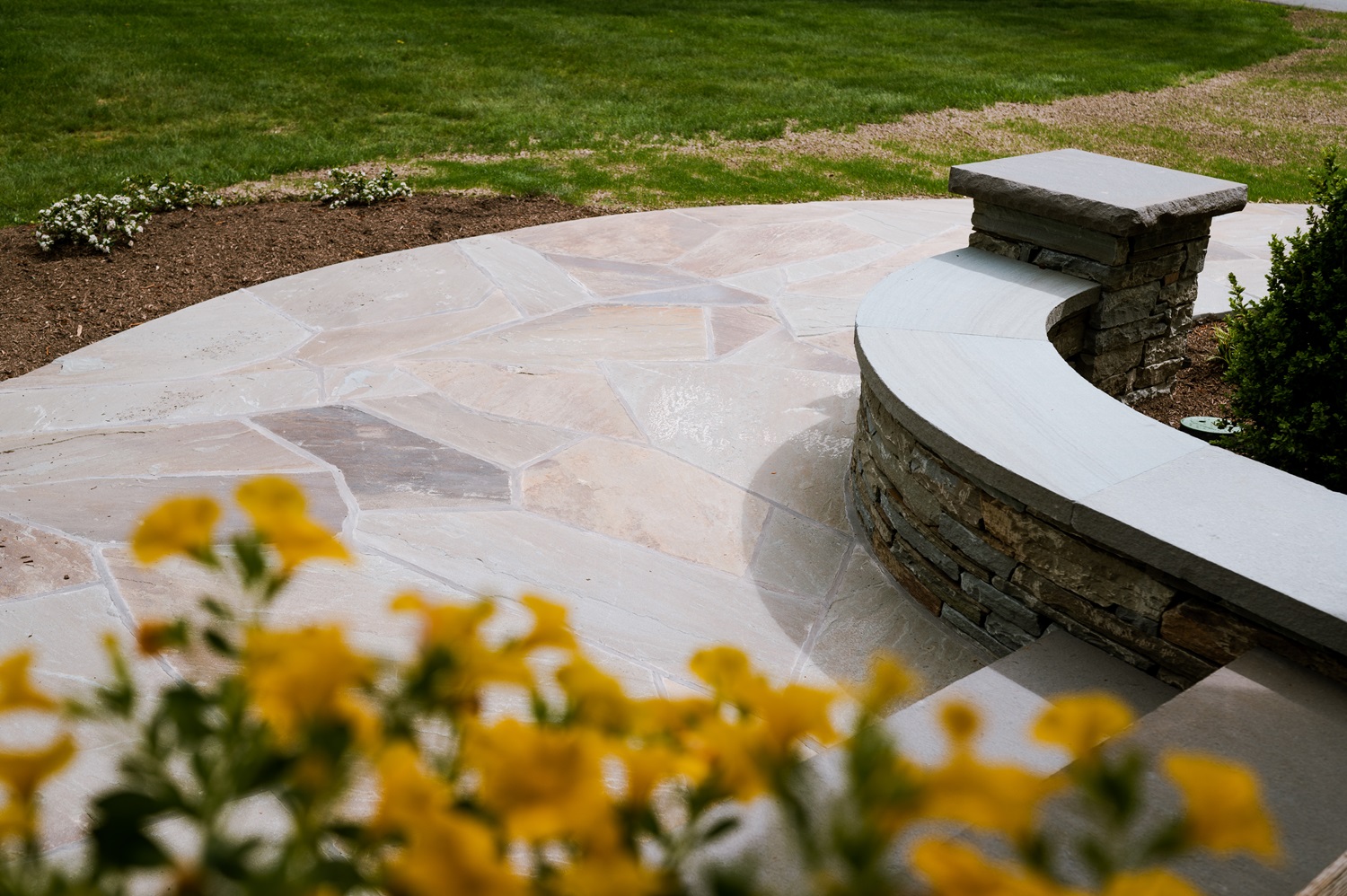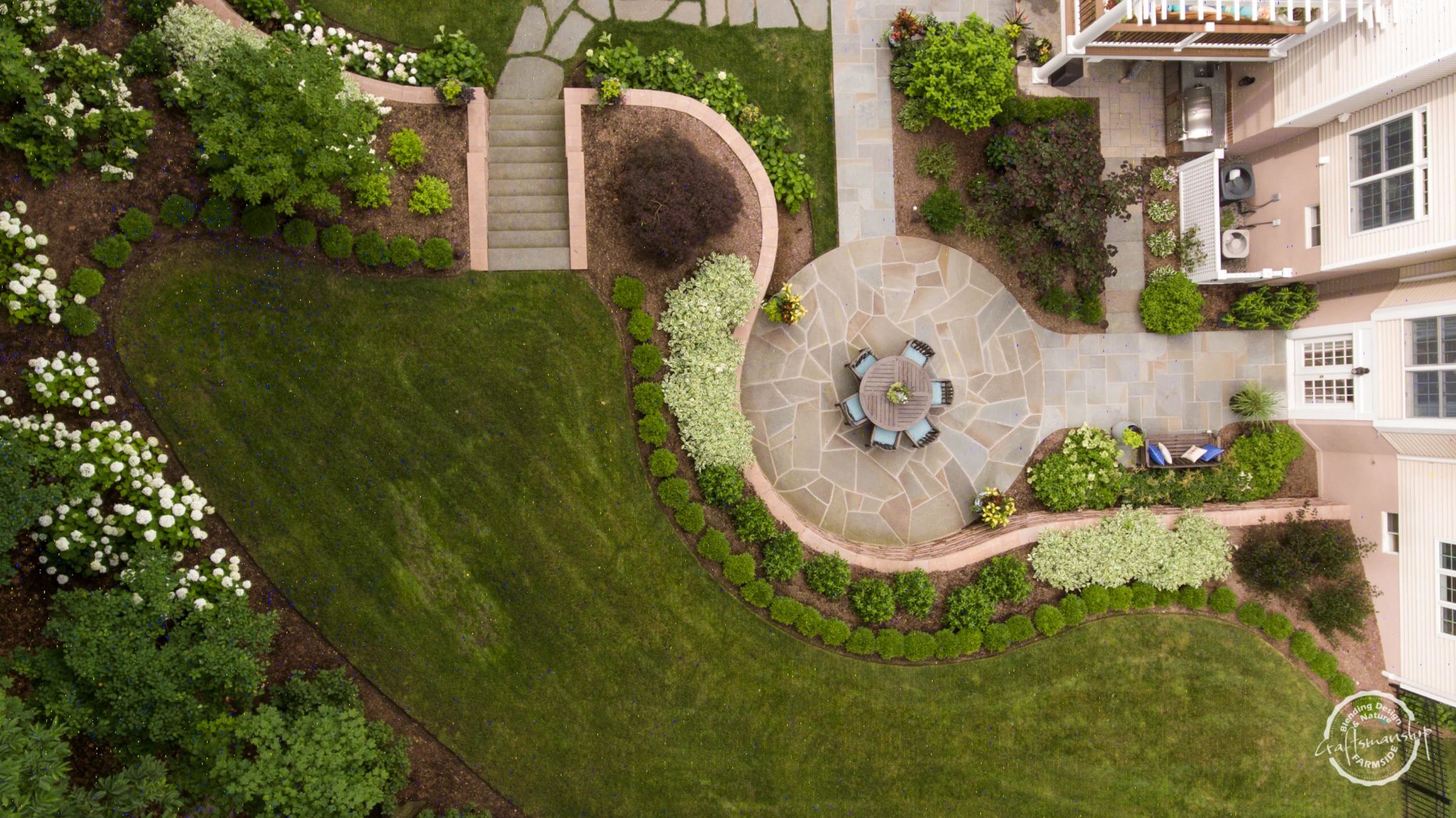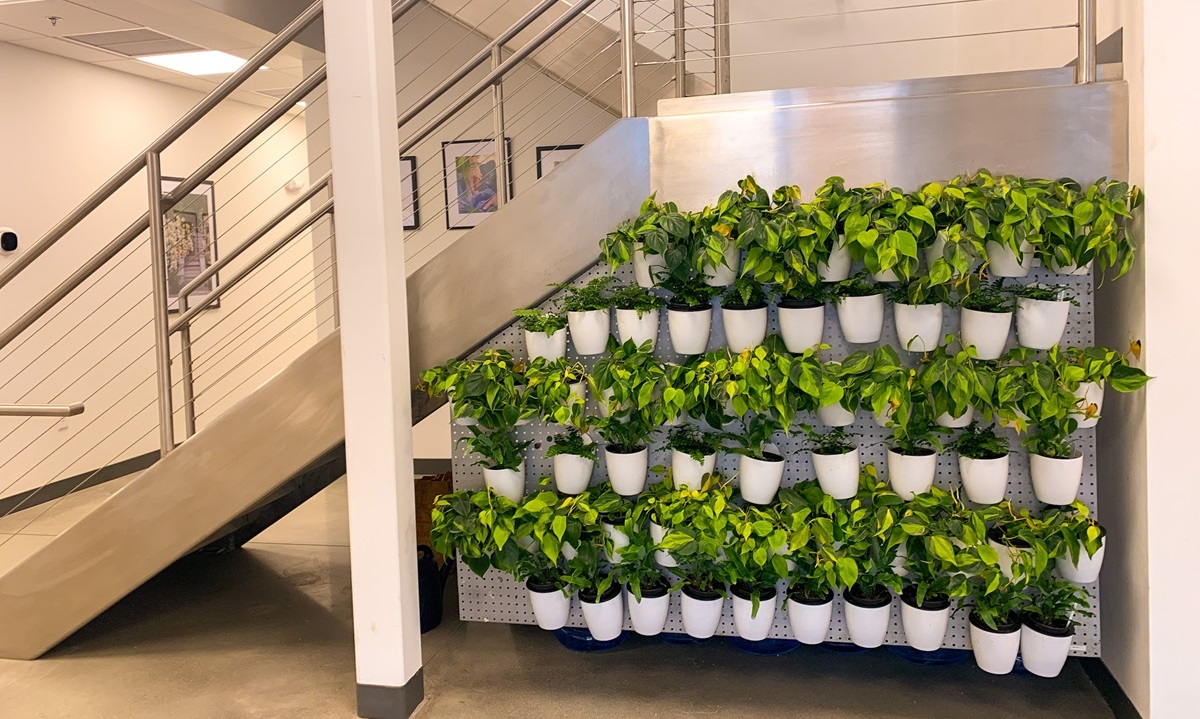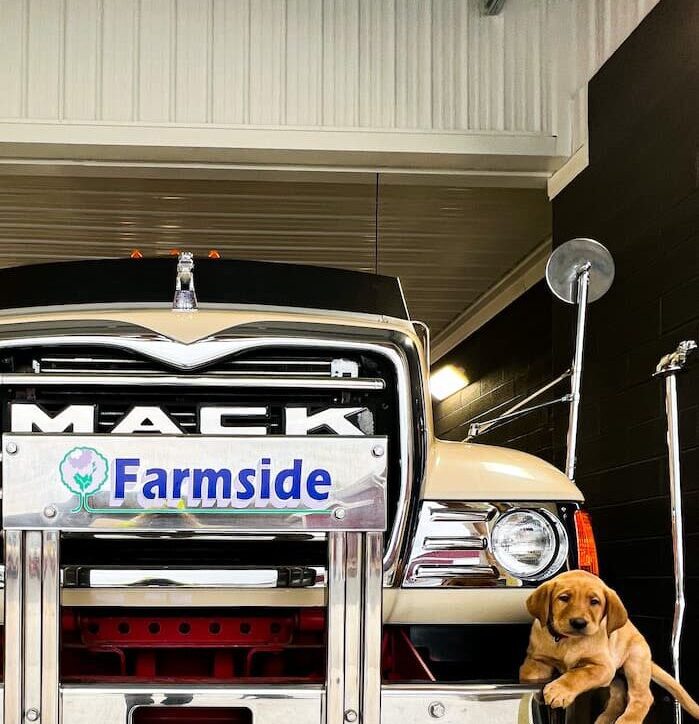Potting soil or potting mix is the basis for healthy plants, from indoor houseplants, to container gardens and raised vegetable beds. Making your own allows you to tweak the ingredients based on your plants’ needs, and is also often far more cost-effective than purchasing it by the bag. Potting soil isn’t actually soil at all – in fact, potting soil doesn’t even contain soil. It’s comprised of ingredients that help the medium drain better than garden soil, allows you to balance pH and nutrients to suit your plants’ needs and is lighter weight and easier to handle than garden soil – a plus when it comes to hanging plants and containers.
You can find a variety of “recipes” for making your own potting mix based on what you’re looking for. You can create a mix primarily for starting seedlings, for specific plant types like cacti, or for potted trees and shrubs. Here, we’re going to provide you the steps to create a good, all-purpose potting soil that works for plants, flowers and vegetables.
Sphagnum Peat Moss – Used for its excellent drainage and aeration abilities, sphagnum peat moss (SPM) also bulks up potting mixes without adding a lot of weight. It breaks down very slowly and, once wet, helps retain moisture fairly well. For all of its attributes, SPM has very few nutrients and has an acidic pH (3.5-4.5). Adding limestone to the SPM helps to balance out the pH. Add a ¼ cup of crushed limestone to every 6 gallons of SPM.
Perlite – Perlite are those little white balls you see in bagged potting mix that look like tiny pieces of Styrofoam. They are, in fact, mined, volcanic rock, that expands into the small pearl shapes when heated. Pearlite helps aerate soil (very important for delicate new roots), improves drainage and holds 3-4 times it weight in water for moisture consistency.
Sand – Coarse sand is added to help improve drainage and add some weight to the potting mix. A higher ratio of sand is added to potting mixes specified for cacti and succulents.
Limestone – Like we noted before, limestone helps to balance the pH of peat-based potting soils. Add ¼ cup of pulverized calcitic limestone or dolomitic limestone for every 6 gallons of peat moss.
Coir Fiber – Coir fiber is a by-product of coconuts. Coir looks and functions much like sphagnum peat moss, but has more nutrients, lasts longer and has a pH close to neutral, but is also more expensive to purchase. It is sold in compressed bricks and is considered to be more sustainable than sphagnum peat moss by many.
Compost – Compost is an outstanding addition to potting mixes. It contains billions of beneficial microbes and is rich in nutrients, with superior water-retention qualities. It can be too heavy for a seed starting mix, but is an excellent addition to a basic potting mix formula.
Use a wheelbarrow or large tub to make your potting mix. If you want to make a smaller amount than this recipe, simply keep the ratio of ingredients the same, and just lessen the amounts. Here’s a good basic potting soil mix formula:
- 6 gallons sphagnum peat moss or coir fiber
- ¼ cup of lime if using peat moss
- 4.5 gallons perlite
- 6 gallons compost
Add 1½ cups of a complete, organic fertilizer you can purchase at your garden center to this mix, or make your own by combining 2 cups of rock phosphate, 2 cups of greensand, ½ cup of bone meal and and ¼ cup of kelp meal.

